TL;DR: While “hello” feels like the timeless standard phone greeting, its use is surprisingly modern. Originally, Alexander Graham Bell preferred “Ahoy!” but Thomas Edison popularized “hello” as a more professional, universal greeting. Over time, it became essential for phone etiquette and remains vital for businesses today.
- Edison recommended “hello” in 1877 to standardize phone communication.
- The word likely evolved from “halloo,” used to get attention.
- Prior greetings like “Good morrow” or “What cheer?” wouldn’t work in modern business calls.
- A warm “hello” still shapes customer impressions and professionalism.
What word is more ubiquitous in the English language than “hello?” Sure, ‘mama’ or ‘dada’ might often be an infant’s first word. But ‘hello’ is learned quickly thereafter. You can hardly go for a stroll without uttering the word at least once following that. Because of this, it seems that greeting one another with a casual ‘hello!’ has always been the norm.
However, hello has a relatively short history in the English vernacular. So, why do we say hello when we answer the phone?
Whether you’re running a dental practice, law firm, or trade company, understanding this greeting’s significance goes beyond just being curious. Professional phone etiquette is so important for first impressions, especially when customers call after hours or during emergencies.
Alexander Graham Bell’s Wife?
First, let’s rid ourselves of myths we may have picked up over the internet. Rumor has it that the standard greeting came about because it was the name of Alexander Graham Bell’s girlfriend at the time of patenting the invention. The story goes that she later married the inventor. Perhaps, this means, his wife’s proper name would be Hello Bell?
Others suggest that it was a girlfriend that Bell was honoring when choosing the go-to phrase for answering a call on the telephone. This girlfriend is said to have been named Margaret Hello. Supposedly, a declaration of love is why we say hello when answering the phone.
There is no merit whatsoever to this silly story, as interesting as it may sound. In 1877, Bell married Mabel Hubbard, after years of having her as his pupil and then confidant. It was in 1876 that he patented the telephone. The dates leave little room for a declaration of love for another woman to occur, and this rumor isn’t based on any historical facts. Someone just made it up!
These myths are always going to be online, but understanding why we say hello on phone calls means you need to look at documented historical evidence rather than romantic fiction. As a professional business, you need factual foundations for your communication standards.
What was said during the first phone call?
If you’re wondering what was said as a greeting to the first person that Bell called, you may be a bit disappointed. Because, in fact, there was no need for a greeting. There wasn’t a ring. The first call was rather brief:
“Mr. Watson, come here – I want you.”
This direct communication style worked for Bell’s laboratory, but think about if modern businesses operated this way. Today’s hello telephone greeting history shows how far professional phone etiquette has evolved over time.
An Unexpected Accreditation for Why We Say Hello on the Phone
Though we credit Alexander Graham Bell as the inventor of the telephone (whether or not he was, is still up for debate), a different inventor is credited with coining the typical phone greeting. Who? Thomas Edison!
The same guy who is credited with inventing the light bulb. Yep, I said credited again. It turns out, those whom we think of as the best inventors of time are often invention developers with the best PR of all time! I digress.
You see, the phone wasn’t intended to be a device that rang. It was expected to be a line of business communication between two parties that was left as an open line. If the caller wanted the person on the other end of the line to know they would like to speak, some sort of greeting would need to occur. Bell had suggested an older maritime greeting: ‘Ahoy!’ This seems rather friendly, but could you imagine your business sounding professional when answering the phone like that? It was Edison who equipped the first telephone exchanges, so he ended up having the last say.
The choice between “Ahoy!” and “Hello” shows why we use “Hello” while calling – Edison understood that business communication required a more universal, professional-sounding greeting. This decision still impacts how customers perceive your professionalism when they call your office or answering service.
Written Indications of Hello becoming the Standard
According to The New York Times,
“Resolved to sort out the ‘hello’ mystery, Mr. Koenigsberg embarked on a tortuous search five years ago that led him, finally and triumphantly, to the American Telephone and Telegraph Company Archives in lower Manhattan, where he found an unpublished letter by Edison. Dated Aug. 15, 1877, it is addressed to one T.B.A. David, president of the Central District and Printing Telegraph Company in Pittsburgh. Mr. David was preparing to introduce the telephone to that city. ”
On Jan. 28, 1878, the first public exchange opened in New Haven, Connecticut. “Hello” and “What is wanted?” were both suggested in its manual. By 1880, Hello was what was said, and not just as the right way to answer the phone. It became a social leveler.
This standardization process shows how quickly businesses adopted consistent phone protocols, as the origin of hello as a telephone greeting became institutionalized within just three years, faster than many modern business communication trends spread today.
That’s the Who and When. What’s the Answer for WHY we say Hello when Answering the phone?
Thomas Edison discovered the principle of recorded sound on July 18, 1877. During the experiment, what was shouted was “Halloo!” This was a term used primarily for inciting dogs on a hunt, but otherwise to get someone’s attention.
It has been said that “Halloo” continued to be used in Edison’s experiments, and it later became compressed in spelling and pronunciation.
With all of the inventions that were said to be wrongly credited to The Wizard of Menlo Park, who knows if he invented the word? After all, the Oxford English dictionary cites the first printed version of ‘Hello’ with that spelling was fifty years prior in the Norwich Courier of Norwich, Connecticut.
Understanding this hello etymology helps explain why the greeting felt natural for getting attention, which is exactly what businesses need when answering calls from potential customers, patients, or clients seeking services.
What Was the Greeting People Said Prior to Hello?
This research got me thinking about a simple pleasantry that I hadn’t thought of before. If hello’s popular use only came about as recently as the telephone, what could one be expected to say as a greeting before then? If hello was meant to be halloo, how did people greet one another on the street?
During the 17th Century in America, Pilgrims would typically say “Good morrow,” “How now?” “How do you fare” or “What cheer?” in place of “Hi, how are you?” But that’s quite a disconnect from hello.
These formal greetings would sound ridiculous in today’s business phone calls. Imagine calling your dentist and hearing “What cheer?” or contacting an HVAC company after hours and getting “How do you fare?” The telephone’s influence on creating our modern hello origin greeting revolutionized not just phone etiquette, but casual conversation everywhere.
Let’s talk Etymology.
You know, the study of words and the way in which their meanings have changed throughout history.
Where does halloo come from? Why were they saying it to dogs? According to the Etymology of halloo, it comes from the Middle English word hallow, meaning “to pursue, or urge on.” Hallow’s history is linked to the Middle English word halwe, meaning “a saint, holy thing, or shrine.”
The word closest in similarity to hello that was known as a greeting in ancient history was hail. As in, ‘Hail, Cesar!’ This is traced to the Old Norse word, heill, which comes from words meaning “health.”
Health or holiness seems like something quite friendly to wish upon someone you are greeting. This deeper hello etymology reveals why the greeting resonates so well in professional settings. Wishing someone health or invoking something sacred creates positive energy, exactly what businesses want when establishing rapport with callers.
What do you think? Let us know in the comments.
Hello in Popular Culture
Here’s another fun tidbit, before you go. You know those ever-popular name badges you generally will see at any and every networking event? The ones that have the words ‘H E L L O, my name is’ printed above a blank space to write your name?
Those were first worn at the first National Convention of Telephone Companies, held in Niagara Falls, N.Y., in September 1880.
As you can see, there are more ways than one that the telephone made “Hello!” the popular greeting it is today. Who knew it all had to do with phone call answering history?
Why Modern Businesses Still Need to Master the Hello
Understanding why we say hello when we answer the phone isn’t just historical trivia, but it’s important business knowledge. In today’s competitive marketplace, that first “hello” can truly make or break your relationship with your customers.
Whether you’re a dental practice fielding appointment calls, a law firm handling client inquiries, or a trade business taking emergency service requests, your phone greeting sets the tone for everything that follows.
The origin of hello as a universal attention-getter stays relevant because it instantly signals availability and professionalism. When customers call your business, they expect that familiar greeting as confirmation that they’ve reached the right place and that someone is ready to help them, an expectation that has been built over nearly 150 years of telephone communication.
For businesses that use after-hours answering services, training your staff on proper hello telephone greeting history and techniques becomes even more critical. Your answering service represents your brand when you’re unavailable, and their greeting can either reinforce your professional image or undermine it.
A consistent, warm “hello” followed by your business name creates trust and demonstrates that every call matters, regardless of when it comes in.

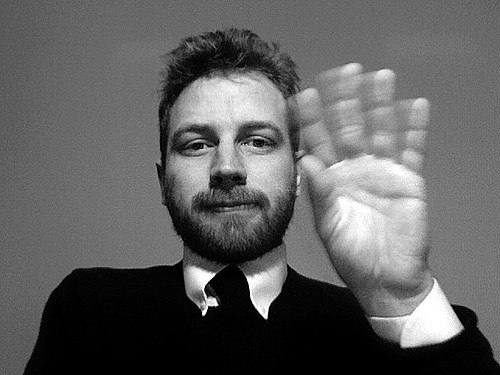
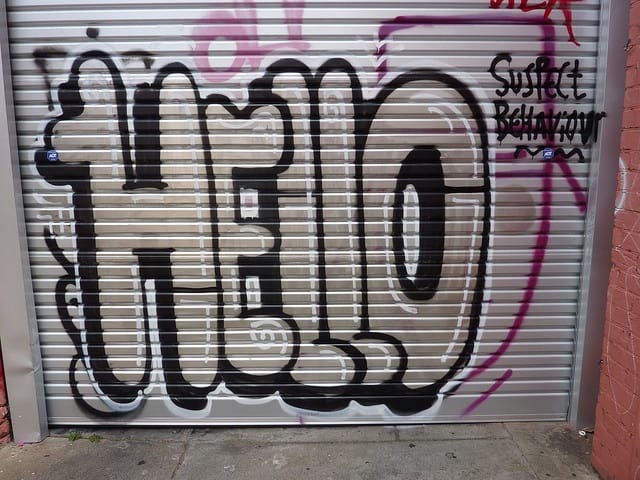
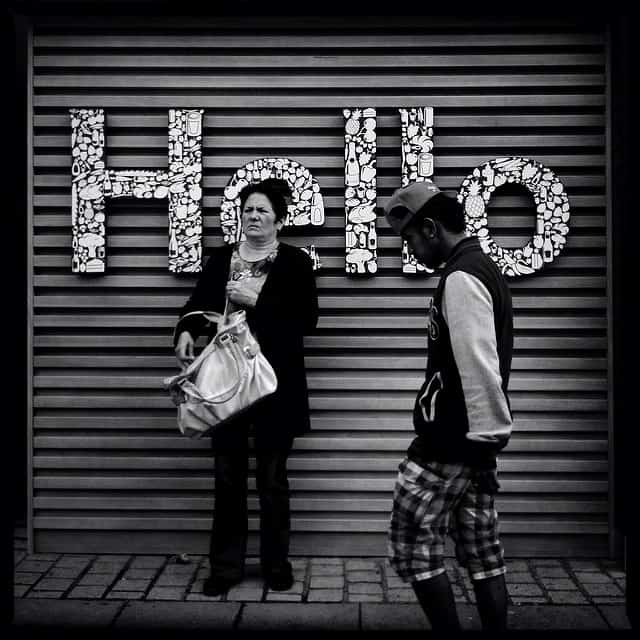
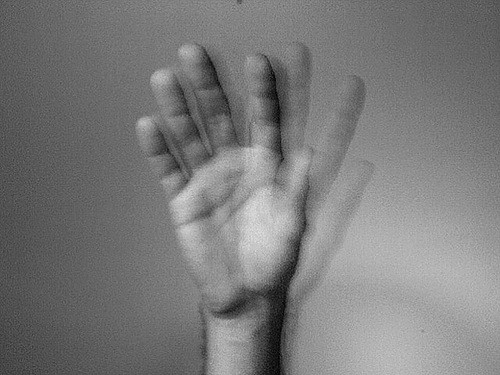
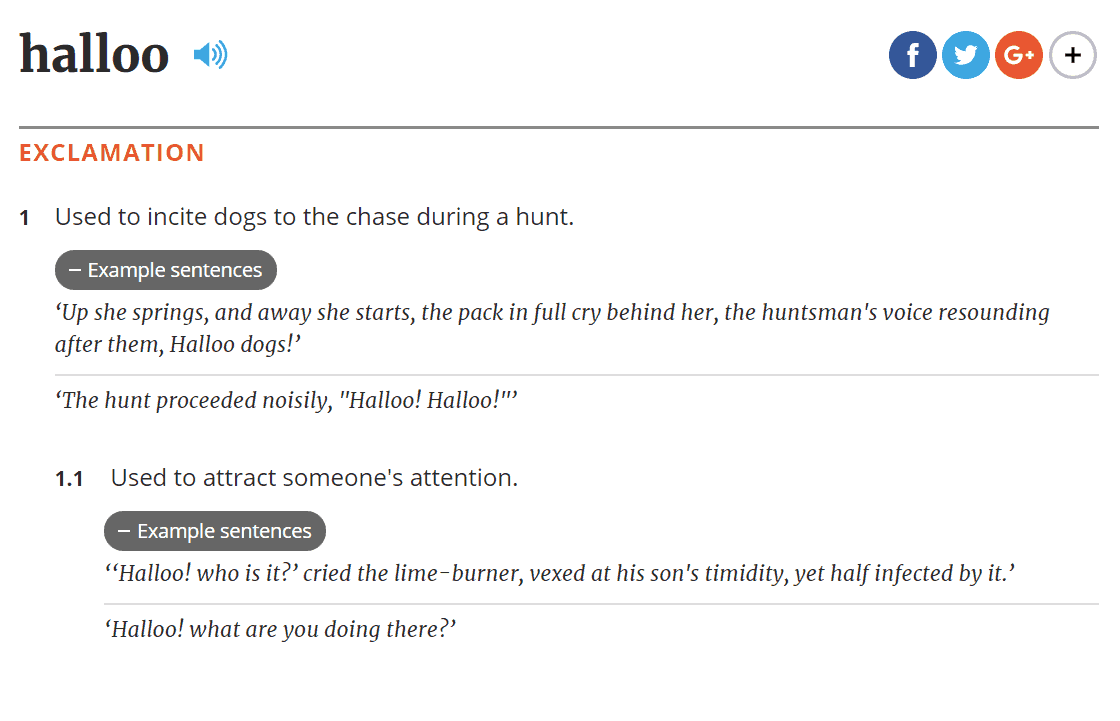

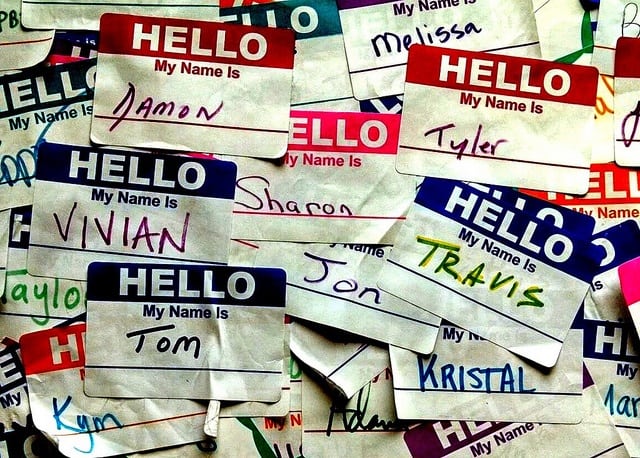
Typo and errors in your piece:
“…first let’s get rid ourselves of myths..” Remove GET.
“..whether or not he is is up for debate..” Should be: ‘whether or not he WAS is up for debate’
“..those who we think of as the best inventors in time..”
Not sure what you wanted to say here.
There are still other typos, but I’m out of room. So, I’ll leave you with a simple error:
“In 1877, Bell married his wife..”. Bell did not marry his wife. He married Mabel Hubbard. She became his wife after marriage.
I’m not quite sure why you felt the need to edit this post, but thanks. We don’t have an editor on staff at Apollo Answering Service, and as you can see, it is difficult to proofread your own work.
I’ve made edits where I see fit.